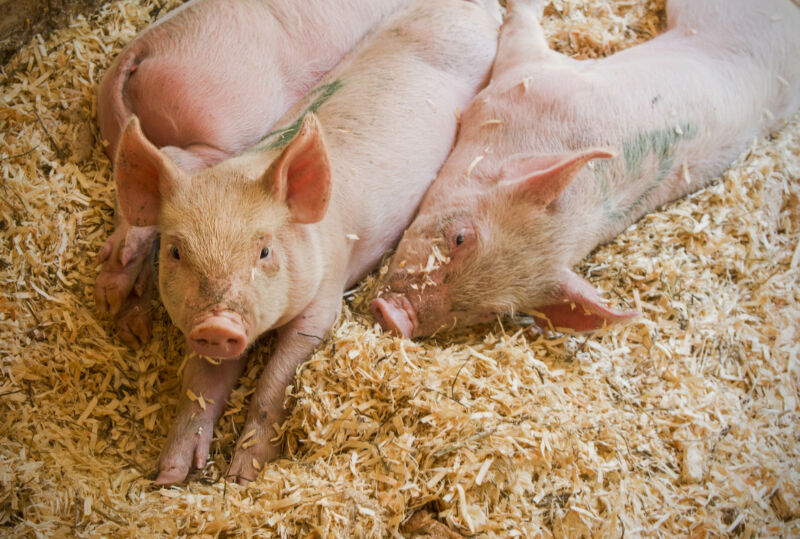As COVID-19 spreads, researchers track an influenza virus nervously

Enlarge (credit: Liz West / Flickr)
SARS-CoV-2 wasn't the first coronavirus that spawned fears of a pandemic; there were worries about SARS and MERS before it arrived. But influenza viruses have also been a regular source of worries, as they can often spread from agricultural animals to us. Earlier this week, a report was released that described an influenza virus with what the researchers who identified it called "pandemic potential." The virus is currently jumping from agricultural animals to us, but it is not currently able to spread between humans.
Under surveillanceThe institutions that some of these researchers are affiliated with-the Key Laboratory of Animal Epidemiology and Zoonosis, the Chinese National Influenza Center, and the Center for Influenza Research and Early-Warning-provide some indication of how seriously China has been taking the risk of the newly evolved influenza strain.
For seven years, these centers supported the researchers as they did something that makes whatever you did for your thesis research seem pleasant: taking nasal swabs from pigs. Nearly 30,000 of these swabs came from random pigs showing up at slaughterhouses, plus another 1,000 from pigs brought in to veterinary practices with respiratory problems. Why pigs? Well, for one, some historic pandemics, named for their species of origin, are called swine flu. And there's a reason for this: pigs are known to be infected by influenza viruses native to other pigs, to birds, and to us humans-who they often find themselves in close proximity to.
Read 8 remaining paragraphs | Comments